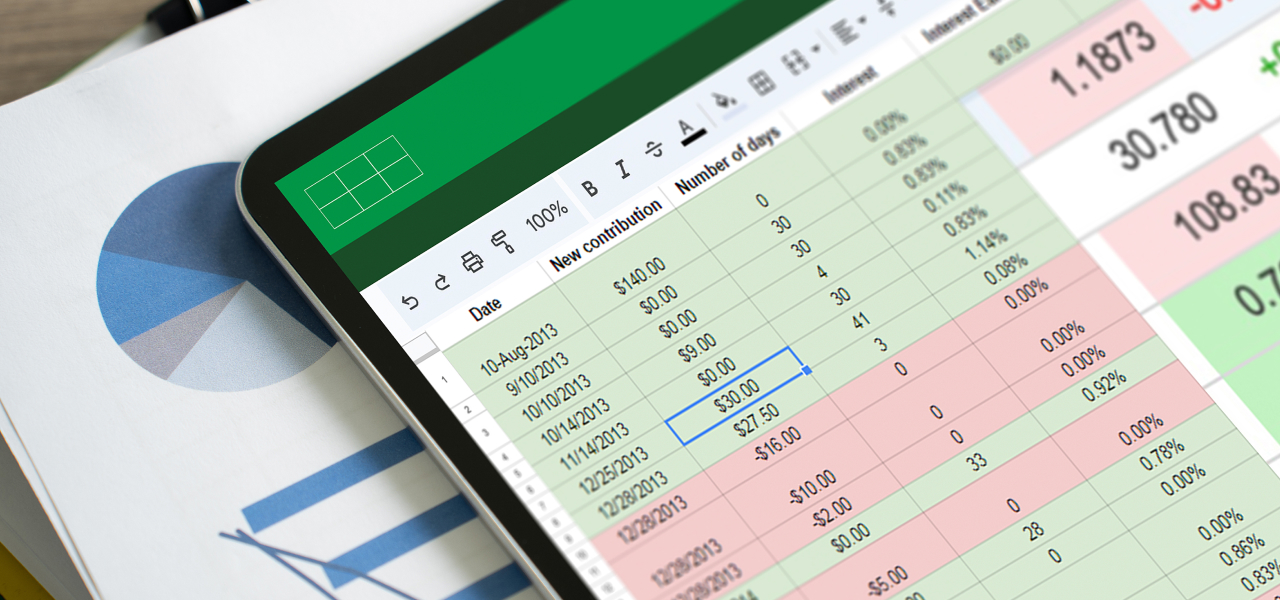Is your business struggling to make the right business decisions? How about missing the resources to evaluate different situations? MI in accounting might be the solution your business needs. Management information is a key component of developing and implementing successful strategies and business decisions.
Evaluating the components of MI in accounting, the benefits of implementation, and ways your business can leverage these advantages are three critical areas to improve efficiency, productivity, and communication in your business.
What is MI in Accounting?
Management information, commonly referred to as MI, is a computer system that collects and interprets information to help in the decision-making process. Reports are commonly updated in real-time to give management the most accurate information to base decisions on. Since most management accounting systems contain sensitive information, users may be limited to higher management and business owners.
MI in accounting can range from simple reports to complex “what if” scenarios. Additionally, the information produced in these systems can be used to address a specific problem in the company or encompass general business operations. Common reports management uses in accounting include financial statements, cash flow analyses, actual vs budget results, expenses by department, what if scenarios, and variances from expected results.
What are the Benefits of Using MI in Accounting?
MI applied to the accounting department provides various benefits. First, businesses that implement MI in accounting may see a competitive edge since managers have more transparency in operations. This gives them the ability to make adjustments quicker compared to competitors. Maybe the insights uncover that the target market has shifted or consumer demand is moving in a different direction. Understanding these changes allows your business to research new revenue streams or rework advertising campaigns.
Another benefit is improvements in data accuracy. Accurate data is vital to make the most informed business decisions. Inaccurate or data that isn’t updated in real-time can lead your business to make costly mistakes. For example, if your reports aren’t updated for a check that is in transit, your business may overdraft the checking account. Higher efficiency and transparency can translate into attainable scalability.
MI in accounting also improves the productivity of employees. With a management system in place, employees won’t be completing mundane information gathering tasks. Additionally, management systems can improve communication between departments when everyone has access to the same information. Instead of having to wait for a report to be sent over by accounts payable, all members of management can see the information in real time.
What Ways Can You Implement MI in Accounting?
Taking a strategic approach to management information system implementation can set your business up for success. First, you want to outline the goals of the information system. What is the purpose? Is it to improve departmental communication or help make business decisions? Next, you want to put together a team that is tasked with ensuring a smooth implementation. This team will serve as the go-to people with any questions. Be sure members of your team are willing and able to take on this role.
Tailoring the MI system to your business is another crucial step. The reports you will be viewing on a regular basis should be set up along with a unified general ledger where all transactions will be run through. Completeness in the setup process will aid in information flow and can lead to success on all levels.
Summary
Using the proper management information in your accounting function can take your business to the next level by implementing the right decisions to achieve strategic objectives. Regardless of business size, the benefits MI in accounting can have on your business should not be overlooked.
Continue Reading
FundCount Wins Best General Ledger System at the 2022 Private Asset Management Awards
The Need for Speed: How Client Reporting is Transforming Asset Management







